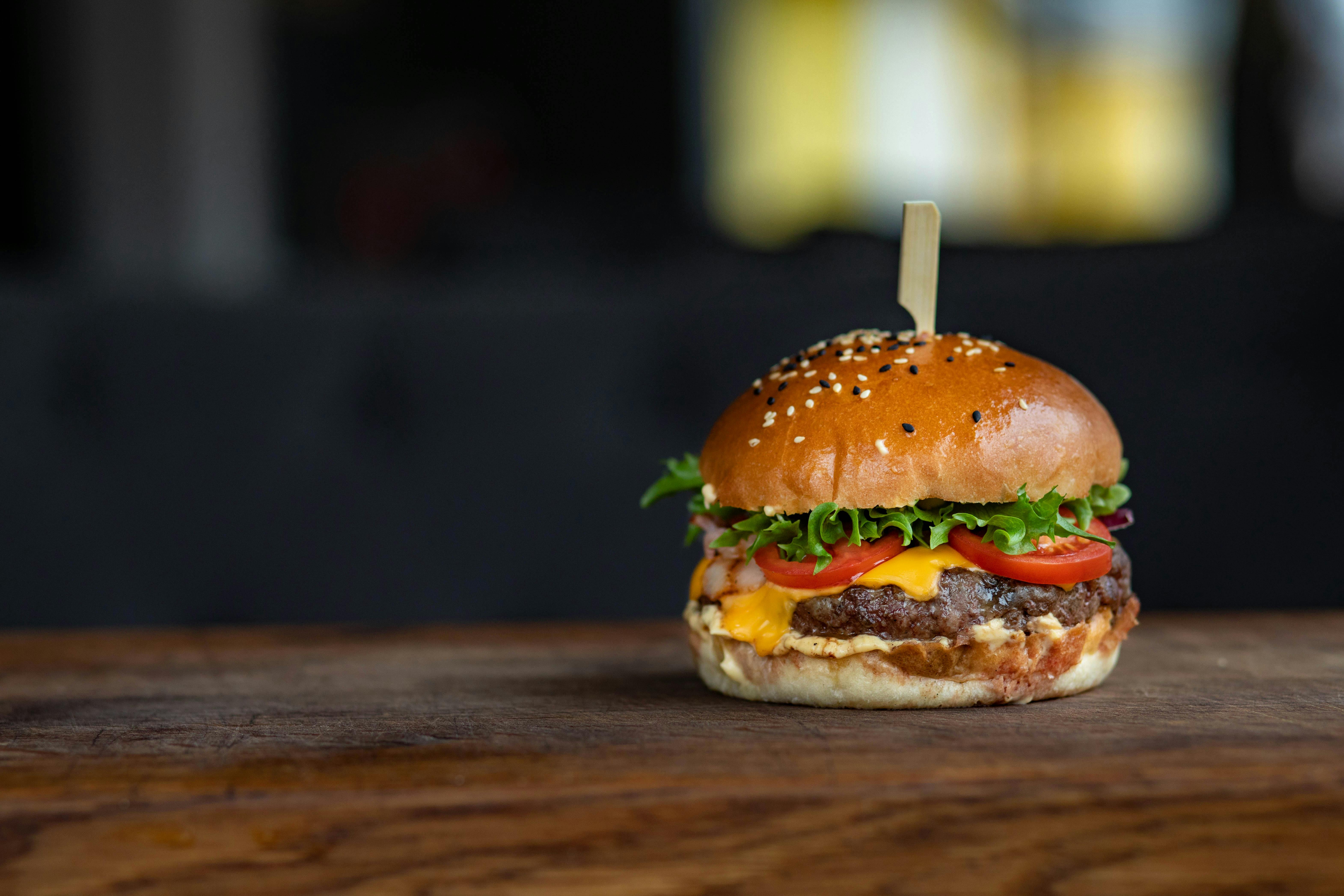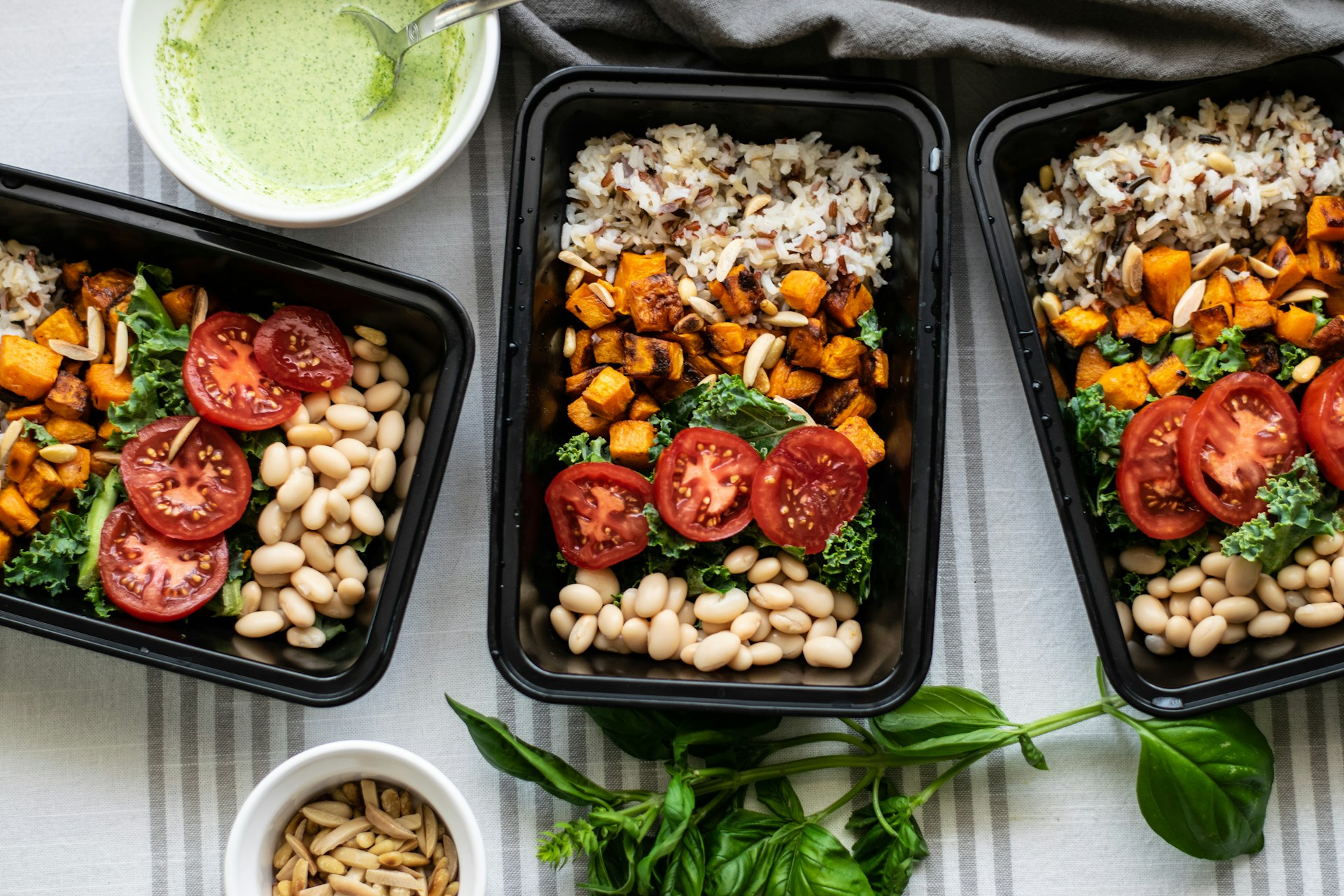Dried fruit might get a bad rep, but that's to overlook its formidable qualities in the baking realm - try these seasonal goodies and you'll think twice before picking out the raisins.
Dried fruit isn't always a crowd-pleaser. I've known those who'll spend an hour patiently tugging raisins and sultanas from a slice of cake. We once found a packet of prunes in the cupboard that had waited unopened since 1989. Even the basic premise of the stuff - fat grapes and tender plums left wizened, shrunken and sad - is upsetting if you think about it.
That said, I love dried fruit. And in baking, where the teetering balance of moisture, sugar and starch means that fresh fruit is often off limits, dried fruit is the safest way of injecting some life into your bakes. It's a versatile vehicle for other flavours, too - soaked in ale, tea, whisky or orange juice, the fruit quickly grows plump and toothsome. Encase it in cake, drown it in butter and booze - make good with dried fruit.
Easy fig and ale christmas cake
I have only (grudging) admiration for those who remember to make their Christmas cake in advance. But if you're like me and forget about the cake until the solstice has come and gone, there's still hope: this is a last-minute Christmas cake - moist, dark and rich, and in a fraction of the time it might usually take. The secret is a generous glug of stout and the addition of prunes and figs to the usual cast of dried fruit, adding depth and a fudgy sweetness.
To soak
200g prunes, coarsely chopped
300g currants
100g glace cherries, coarsely chopped
150g dried figs, coarsely chopped
175ml stout
For the cake
175g unsalted butter, softened
175g soft light brown sugar
4 large eggs
2 tbsp black treacle
Zest of 1 orange
125g dark rye flour
50g plain flour
2 tsp mixed spice
1and a half tsp baking powder
1/4 tsp salt
75g blanched hazelnuts, finely chopped
1 The day before you plan to make the cake, combine the fruit in a large bowl and douse with the stout (a good porter or, at a push, brown ale will suffice, but I'd strongly recommend sticking with the mellow, chocolatey depth of stout). Cover the bowl with clingfilm and leave overnight - or at least for a good few hours - until the fruit has absorbed most of the liquid.
2 The next day and you're ready to make the cake batter, preheat the oven to 150C/300F/gas mark 2, line a deep, 20cm round cake tin with baking parchment and wrap the outside in a couple of layers of foil to prevent the cake's edge from drying during the long baking time.
3 Cream the butter and sugar together until completely smooth then, one by one, add the eggs. The mixture's likely to curdle a little at this point but you needn't panic: just add a couple of tbsp of the flour to smooth the mix. Stir in the treacle and zest. In a separate bowl, combine the flours, mixed spice, baking powder and salt. Add these dry ingredients to the wet mixture and stir until they're roughly combined.
4 Add the hazelnuts to the batter along with the soaked fruit mixture (including any stout left unabsorbed). Combine thoroughly. Spoon the mixture into the prepared tin and place on the middle shelf of the oven. Bake for 3 and a half to 4 hours, until a small knife inserted into the centre of the cake emerges clean. If the top of the cake begins to darken too deeply during the baking time, just cover with foil.
5 Once it's baked, leave the cake to cool completely in its tin before unmoulding and decorating. As it's such a substantial cake, it could take overnight to cool - it's crucial that you wait until it's stone cold before slicing though, as it will continue to firm, set and mellow as it cools. Decorate it (or not) however you please.
Crumble-topped pear & brandy mince pies
I like the lightness that a crumble topping lends these: fully covered pies can tend to become all pastry, no filling. And because the crumble shares the same ingredients as the pastry shell, it's no extra hassle.Divide the filling between the pastry shells, taking care not to overfill. Sprinkle the crumble mixture liberally over each.
Makes 12
For the mincemeat
2 small, firm pears, finely diced (you'll need roughly 150g chopped pear)
50g sultanas
50g currants
50g mixed peel
50g unsalted butter, diced
Zest and juice of 1/2 orange
1/2 tsp cinnamon
1/2 tsp ground ginger
A pinch of cloves
A pinch of salt
5 tbsp brandy
2 tsp vanilla extract
50g soft dark brown sugar
For the pastry and topping
140g unsalted butter, firm but not fridge-cold
275g plain flour
75g caster sugar
1/4 tsp salt
1 large egg yolk
2 tbsp milk
1 Combine the chopped pear, dried fruit, peel, butter, orange zest and juice, spices and salt in a small pan. Add 4 tbsp of the brandy. Simmer over a medium-low heat for 10 minutes, stirring frequently, until the dried fruit has absorbed most of the liquid and the pear has started to soften a little. Remove the pan from the heat and stir in the final tbsp of brandy, vanilla extract and sugar. Set aside to cool completely.
2 While the mincemeat cools, prepare the pastry. Cube the butter then rub it into the flour using your fingertips (or a food processor, if you're lucky) until no visible pieces of butter remain and the mixture resembles breadcrumbs. Stir in the sugar and salt. Now set aside 100g of this mixture in a small bowl - this will be the crumble topping.
3 Whisk together the egg yolk with the milk then drizzle this into the butter-flour-sugar mixture (leave the crumble mixture separate). Cut the liquid into the flour using a small knife until all of the flour has been lightly moistened and is beginning to come together in clumps. Add an extra tsp or so of milk if the mixture's too dry to hold together when you squeeze it between your fingers. Gather the clumps together into one mass of pastry, flatten slightly, wrap in clingfilm and chill for 30 minutes or so.
4 Roll the chilled pastry out on a well-floured work surface to a thickness of roughly 3mm. Have a 12-hole cupcake/muffin tin to hand. Stamp out circles of 9-10cm (or roughly 1cm wider than the diameter of the holes in your tin) using a pastry cutter and gently press them into the tin. Put in the freezer for 15 minutes or the fridge for half an hour while you preheat the oven to 200C/400F/gas mark 6.
5 By the time the pastry has chilled and the oven's up to temperature, the filling should be more or less cooled. Divide the filling between the pastry shells, taking care not to overfill. Sprinkle the crumble mixture liberally over each.
6 Bake for 15 minutes in the preheated oven before reducing the temperature to 180C/350F/gas mark 4. Bake for a further 10 minutes then leave to cool slightly in the tin before unmoulding. Dress them up with a brandy-laced ice cream, if you want.










